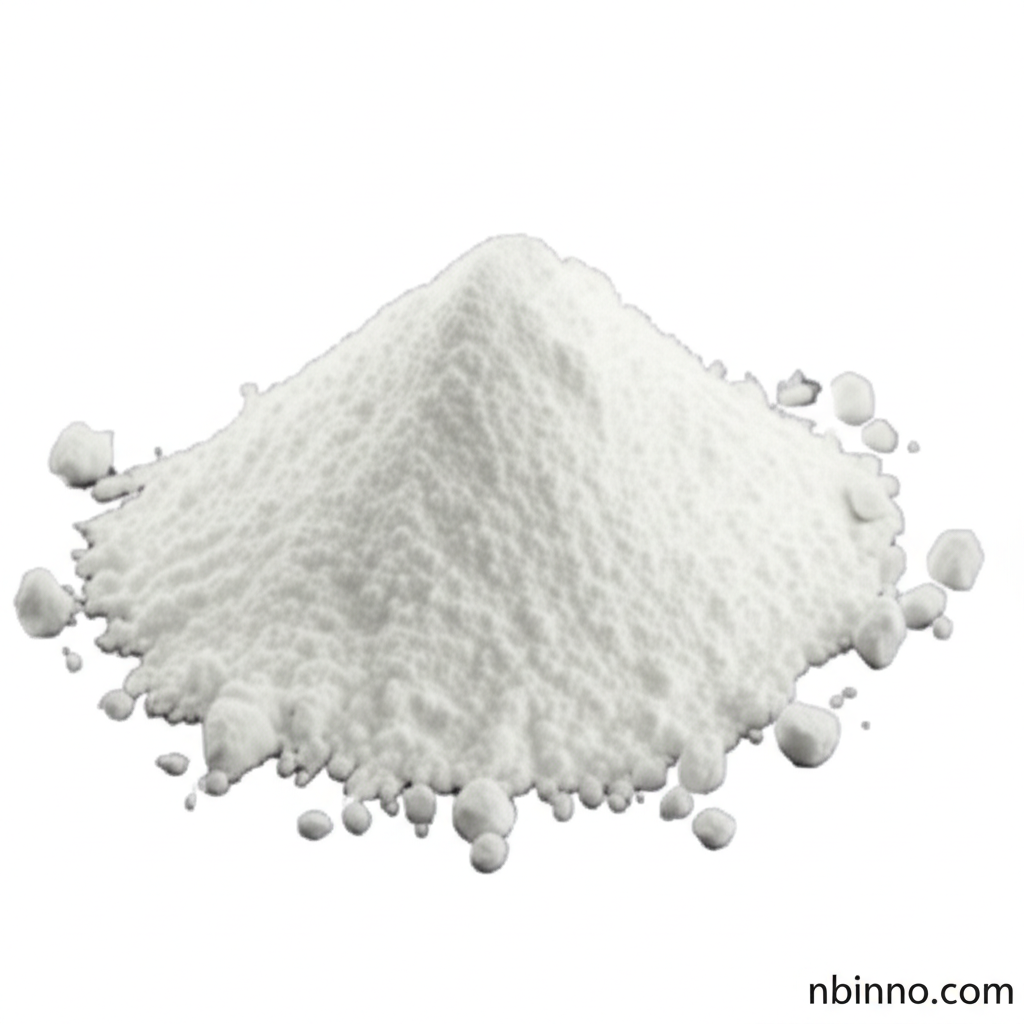Levodopa CAS 59-92-7: A Cornerstone in Parkinson's Disease Treatment and Pharmaceutical Synthesis
Discover the vital role of Levodopa (CAS 59-92-7) as a key pharmaceutical intermediate and a leading treatment for Parkinson's disease. Explore its therapeutic benefits, chemical properties, and applications.
Get a Quote & SampleProduct Core Value

Levodopa
Levodopa, identified by CAS number 59-92-7, is a critically important compound that serves as both a direct therapeutic agent for Parkinson's disease and a vital pharmaceutical intermediate. As a precursor to dopamine, it is instrumental in managing the motor symptoms associated with Parkinson's syndrome, such as tremor paralysis. Our commitment as a reliable supplier in China ensures access to high-purity Levodopa for critical applications.
- Understanding the Parkinson's disease treatment Levodopa connection is key to appreciating its medical significance. This compound directly addresses the dopamine deficiency in the brain, alleviating debilitating symptoms.
- As a crucial pharmaceutical intermediate Levodopa synthesis plays a role in developing various advanced therapeutics. Its chemical structure makes it a versatile building block in complex organic synthesis.
- Exploring Levodopa side effects and interactions is important for safe medical use. Patients and healthcare providers must be aware of potential adverse reactions and drug interactions to optimize treatment efficacy.
- The role of Levodopa as a Dopamine precursor Levodopa uses extends beyond Parkinson's, influencing broader neurological research. Its ability to cross the blood-brain barrier is fundamental to its pharmacological action.
Key Advantages Provided
Therapeutic Efficacy
Levodopa is highly effective in treating tremor paralysis, a hallmark symptom of Parkinson's disease, significantly improving motor function for patients seeking Parkinson's disease treatment Levodopa.
Synthetic Versatility
Its role as a key pharmaceutical intermediate Levodopa synthesis makes it indispensable in the production of various complex pharmaceutical compounds.
Neurotransmitter Support
As a direct precursor to dopamine, it plays a crucial role in restoring neurotransmitter balance, a core aspect of understanding Dopamine precursor Levodopa uses.
Key Applications
Parkinson's Disease Therapy
The primary application of Levodopa is in managing the symptoms of Parkinson's disease, offering relief from motor impairments and improving quality of life.
Pharmaceutical Synthesis
Levodopa is a fundamental building block in the synthesis of various pharmaceutical drugs and fine chemicals, highlighting its importance in chemical manufacturing.
Neurochemical Research
Its role as a dopamine precursor makes it valuable in neurochemical research, particularly in studies related to dopamine pathways and neurological disorders.
Precursor for Other Drugs
Levodopa serves as a precursor for synthesizing other important compounds, further underscoring its utility in the fine chemical industry.
